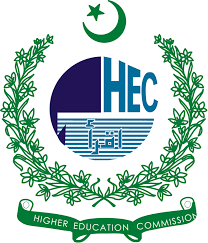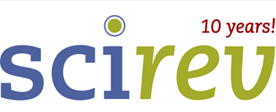طہارت سے متعلق قواعد فقہیہ اور ان کی عصری تطبیقات: ایک تحقیقی و تجزیاتی مطالعہ
Abstract
Islamic jurisprudence (Fiqh) provides a comprehensive framework for various aspects of life, including purification (Ṭahārah). The study of jurisprudential maxims (Qawāʿid Fiqhiyyah) related to purification offers essential guidelines for deriving legal rulings in both classical and contemporary contexts. This research delves into the key maxims presented by the renowned Hanafi scholar, ʿAllāmah Ibn al-Humām in Fatḥ al-Qadīr, analyzing their linguistic and terminological foundations alongside their practical applications in modern times.
The study explores seven fundamental maxims:
- When faced with two prohibitive matters, one must choose the lesser evil. This aligns with the broader principle al-Ḍarar yuzāl (harm should be removed).
- Necessity-based rulings are restricted to the extent of the necessity. This is a subset of al-Ḍarūrāt tubīḥ al-maḥẓūrāt (necessities permit prohibitions).
- Avoiding disagreement is recommended. This principle ensures unity and precaution in legal practice.
- Certainty is not removed by doubt. This maxim plays a crucial role in various legal judgments.
- Preponderance of probability is akin to certainty. Many legal rulings are based on overwhelming probability rather than absolute certainty.
- Every tanned hide becomes pure. This principle determines the permissibility of using leather from impure sources after tanning.
- Absolute water removes impurities, whereas conditioned water does not. This establishes clear guidelines for purification and ritual cleansing.
By examining these maxims in light of modern challenges, this study highlights their relevance in contemporary jurisprudential discourse. The findings contribute to the ongoing scholarly discussions regarding purification laws and their application in evolving social and environmental contexts.




































